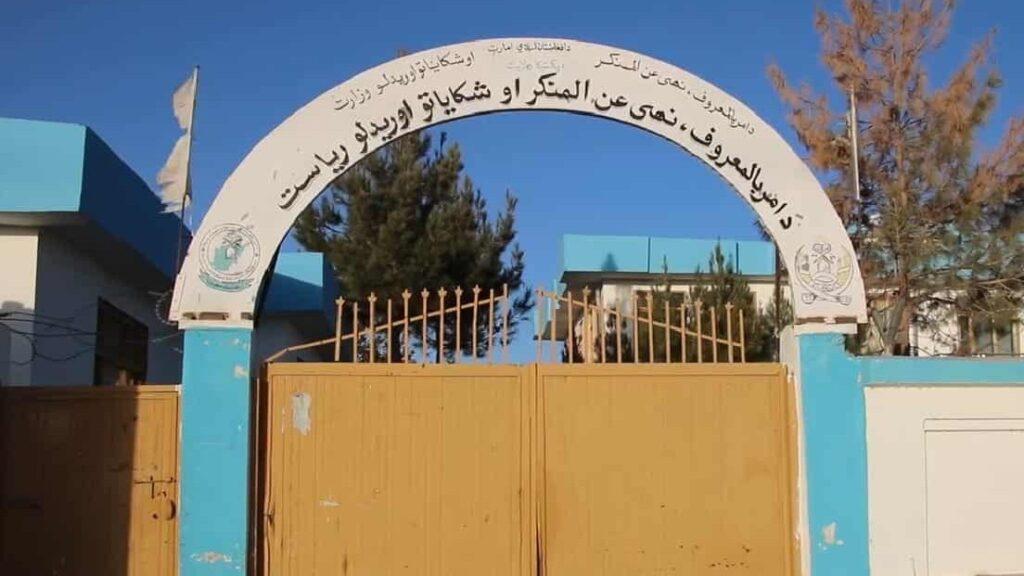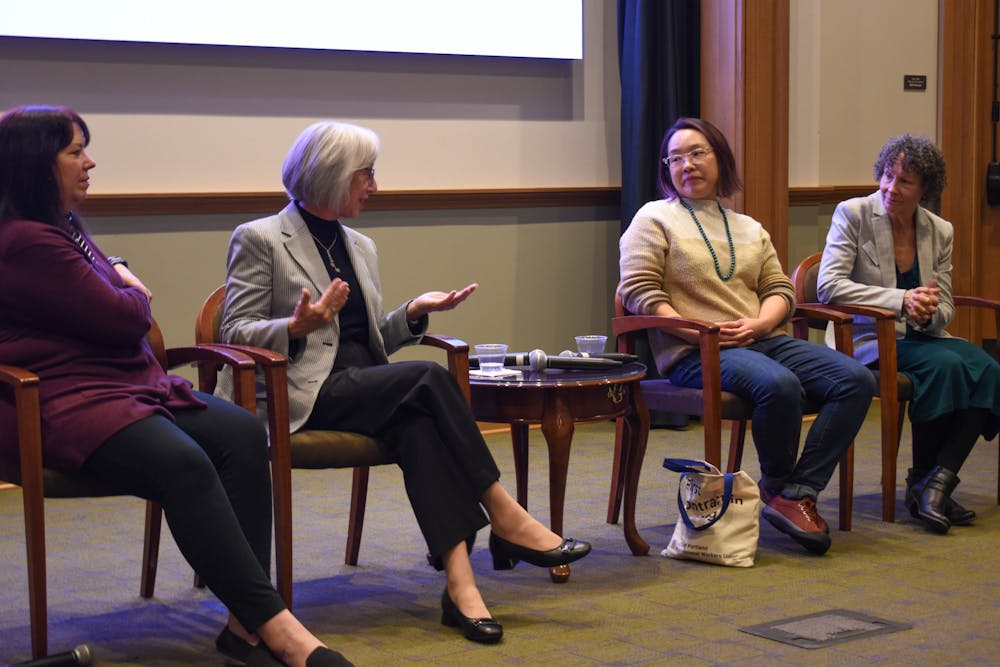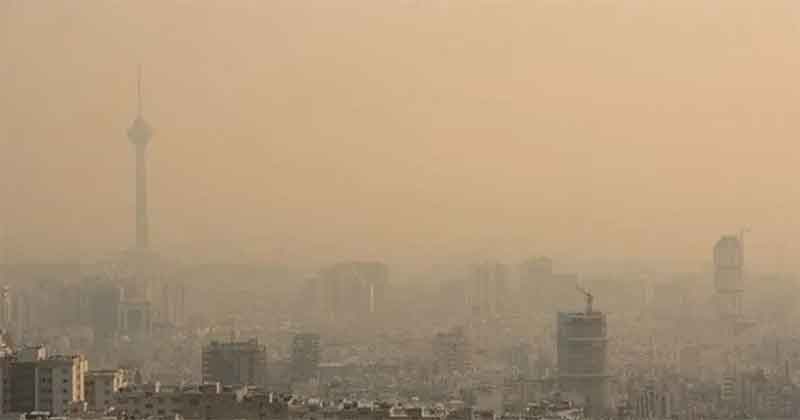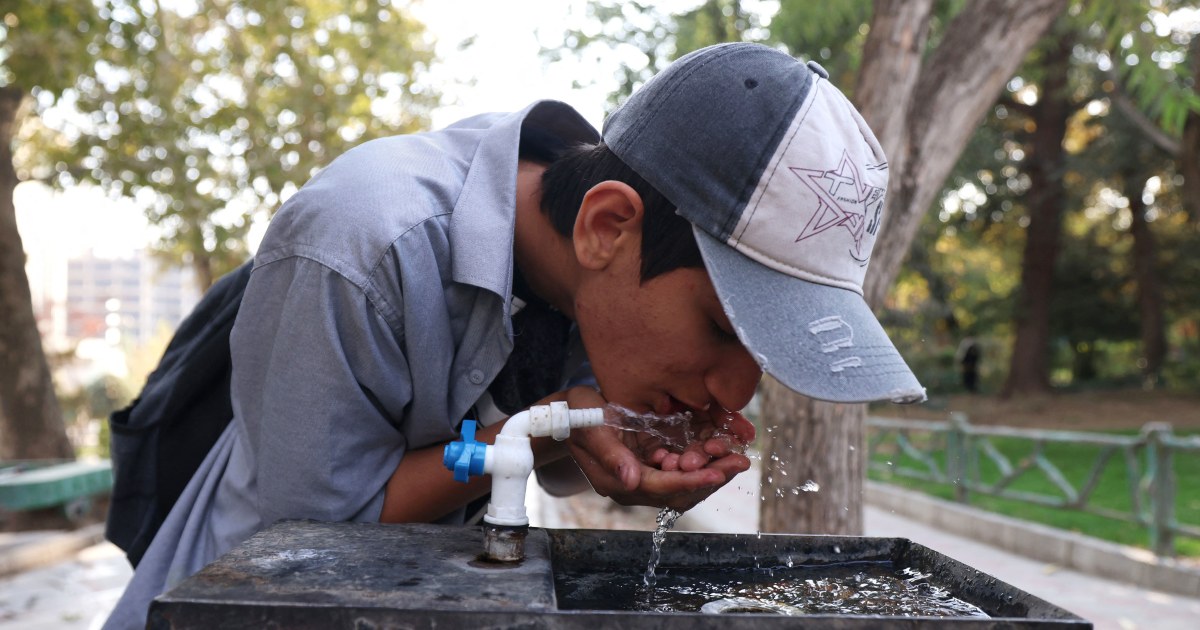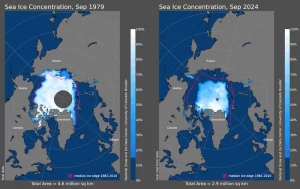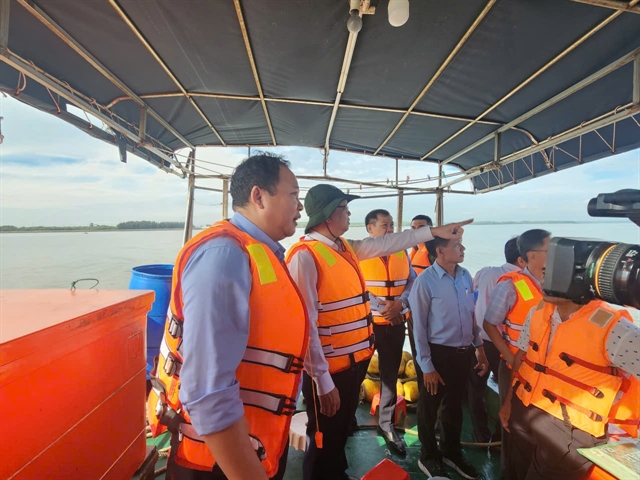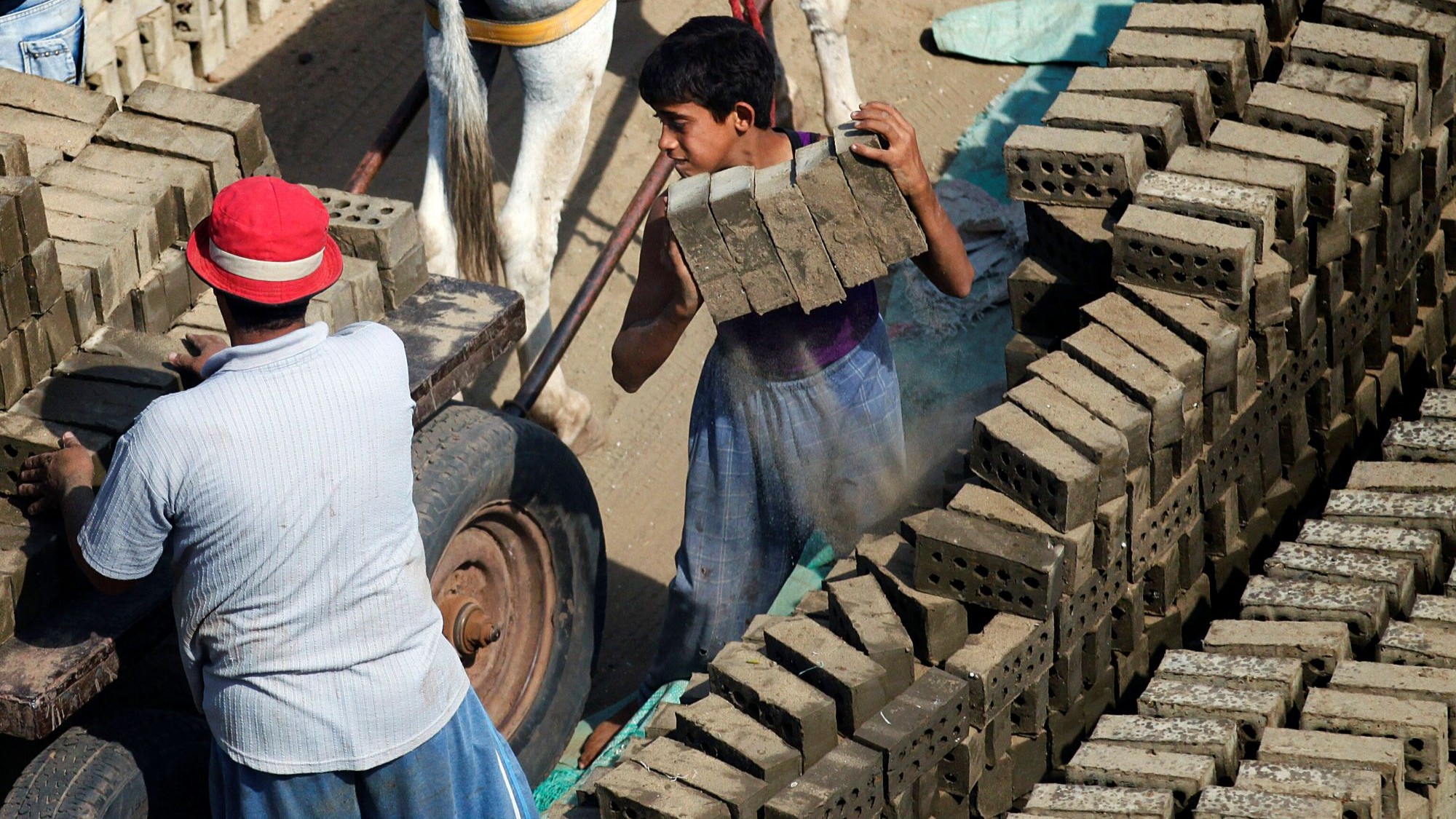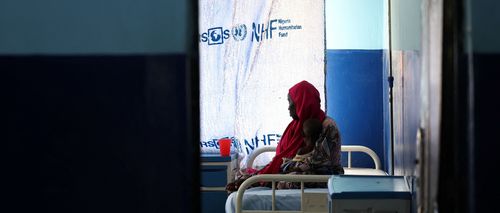COP30: Flood of climate finance needed, not a trickle – Media India Group

Report on Climate Finance and the Sustainable Development Goals at COP30
The 30th Conference of the Parties (COP30) in Belem, Brazil, is defined by a critical impasse over climate finance, which directly threatens the achievement of the Sustainable Development Goals (SDGs), particularly SDG 13 (Climate Action). A significant divide persists between developed (Global North) and developing (Global South) nations, stemming from the former’s failure to meet financial commitments essential for global climate mitigation and adaptation efforts.
The Widening Chasm in Global Climate Cooperation
Historical Failures and Breach of Trust
The principle of climate finance, rooted in the 1992 United Nations Framework Convention on Climate Change (UNFCCC), is foundational to international cooperation. It acknowledges the “Common But Differentiated Responsibilities and Respective Capabilities” (CBDR-RC), placing a greater obligation on industrialized nations.
- Unfulfilled Pledges: A key commitment made at the 2009 Copenhagen COP was for developed countries to mobilize USD 100 billion annually by 2020 for developing nations. This target was not met and was subsequently extended to 2025.
- Erosion of Partnerships (SDG 17): The consistent failure to deliver on these promises has eroded trust and undermined the global partnership for sustainable development, a core tenet of SDG 17.
- New Collective Quantified Goal (NCQG): While COP29 established an enhanced goal of mobilizing at least USD 300 billion annually by 2035, its success is contingent on rectifying past failures.
The Scale of the Financial Deficit and its Impact on SDGs
The gap between required funding and provided capital is substantial, creating a direct barrier to achieving multiple SDGs.
- Inadequate Funding for SDG 13 (Climate Action): The UNFCCC estimates developing countries require approximately USD 5.9 trillion by 2030 for their climate action plans. Current financial flows are a fraction of this need.
- Adaptation and Loss & Damage: The UNEP Adaptation Gap Report 2023 estimates annual adaptation costs at USD 215-387 billion. The Loss and Damage Fund, with initial pledges of around USD 700 million, falls critically short of the estimated USD 400 billion in annual climate-related damages.
- Exacerbating Poverty and Inequality (SDG 1 & SDG 10): A significant portion of the climate finance provided has been in the form of loans, not grants. This practice increases the debt burden on developing nations, undermining efforts to eradicate poverty (SDG 1) and reduce inequalities (SDG 10).
Misalignment of Global Financial Priorities
Contradictory Spending Patterns
The argument of insufficient funds from developed nations is contradicted by their spending in other sectors, which actively work against the 2030 Agenda for Sustainable Development.
- Fossil Fuel Subsidies: Developed nations provided approximately USD 1.4 trillion in fossil fuel subsidies in 2022. This directly opposes SDG 7 (Affordable and Clean Energy) and SDG 13 (Climate Action).
- Military Expenditure: Global military spending reached USD 2.24 trillion in 2022. A fraction of this amount could fulfill and exceed current climate finance pledges, highlighting a misalignment with SDG 16 (Peace, Justice, and Strong Institutions).
Conclusion: A Call for Action at COP30
The Imperative for a Breakthrough on Climate Finance
The success of COP30 and the viability of the Paris Agreement’s 1.5°C target are entirely dependent on resolving the climate finance deadlock. This is not merely a financial issue but a fundamental test of global commitment to the entire Sustainable Development framework.
Recommendations for Aligning with the SDGs
To bridge the divide and accelerate progress on the SDGs, COP30 must deliver the following outcomes:
- Adopt a Needs-Based NCQG: Establish a New Collective Quantified Goal that is ambitious, based on the scientifically assessed needs of developing countries, and includes clear delivery mechanisms.
- Prioritize Grant-Based Finance: Shift the focus from loans to grants to ensure climate action does not lead to unsustainable debt, thereby supporting SDG 1 and SDG 10.
- Strengthen Global Partnerships (SDG 17): Implement robust transparency and accountability frameworks to rebuild trust and ensure commitments are honored.
- Realign Financial Flows: Developed nations must commit to phasing out fossil fuel subsidies and reallocating a portion of military spending to climate finance, creating policy coherence in support of SDG 13 and SDG 16.
Analysis of SDGs, Targets, and Indicators
1. Which SDGs are addressed or connected to the issues highlighted in the article?
SDG 13: Climate Action
- The entire article is centered on the COP30 climate change meeting, focusing on the urgent need for action to combat climate change and its impacts. It discusses mitigation (reducing emissions), adaptation, and the financial commitments required to achieve global climate goals, such as limiting warming to 1.5°C.
SDG 17: Partnerships for the Goals
- The article’s core theme is the failure of global partnerships, specifically the divide between developed (Global North) and developing (Global South) nations. It highlights the broken promises of developed countries to provide climate finance, which is a critical component of the global partnership for sustainable development. The principle of “Common But Differentiated Responsibilities and Respective Capabilities” is a cornerstone of this SDG.
SDG 10: Reduced Inequalities
- The text emphasizes the widening “gulf between the rich and the poor countries.” It points out that the lack of climate finance disproportionately harms the most vulnerable nations, such as Small Island Developing States (SIDS) and sub-Saharan countries, thereby exacerbating inequalities between nations.
SDG 1: No Poverty
- The article connects the lack of climate finance to severe economic consequences for developing nations. It states that insufficient funding for adaptation has “cost unbearable damage to the economies of poor countries,” which directly impacts poverty levels and the resilience of the poor to climate-related shocks.
SDG 7: Affordable and Clean Energy
- The article touches upon this goal by criticizing the “hypocritical methods” of developed countries. It points out the massive subsidies provided for fossil fuels (USD 1.4 trillion in 2022) and the practice of exporting fossil fuels while building domestic renewable energy. This directly contradicts the goal of ensuring access to clean energy globally.
2. What specific targets under those SDGs can be identified based on the article’s content?
SDG 13: Climate Action
- Target 13.a: “Implement the commitment undertaken by developed-country parties to the United Nations Framework Convention on Climate Change to a goal of mobilizing jointly $100 billion annually by 2020 from all sources to address the needs of developing countries…” The article extensively discusses the failure to meet this specific USD 100 billion pledge, its extension to 2025, and the new, higher goals being negotiated.
- Target 13.1: “Strengthen resilience and adaptive capacity to climate-related hazards and natural disasters in all countries.” The article highlights the need for adaptation finance, noting that most of the provided funds (70%) have gone to mitigation, leaving poor countries vulnerable. It cites the UNEP Adaptation Gap Report’s estimate of adaptation costs (USD 215-387 billion per year).
SDG 17: Partnerships for the Goals
- Target 17.2: “Developed countries to implement fully their official development assistance commitments…” While climate finance is a specific commitment, the article’s focus on the “broken promises by Global North” and the failure to provide “agreed financial assistance” aligns perfectly with the principle of this target.
- Target 17.3: “Mobilize additional financial resources for developing countries from multiple sources.” The article is centered on the failure of developed countries to mobilize these resources. It also mentions the “New Collective Quantified Goal (NCQG)” which calls for mobilizing at least USD 300 billion per year by 2035 from developed countries and a total of USD 1.3 trillion per year from all actors.
SDG 10: Reduced Inequalities
- Target 10.b: “Encourage official development assistance and financial flows… to States where the need is greatest, in particular least developed countries, African countries, small island developing States…” The article explicitly mentions that the lack of adaptation finance has caused “unbearable damage to the economies of poor countries, notably the Small Island Developing States (SIDS) and many sub-Saharan countries in Africa,” directly referencing the groups this target aims to support.
3. Are there any indicators mentioned or implied in the article that can be used to measure progress towards the identified targets?
- Financial Pledges and Mobilization: The article provides several quantitative figures that serve as direct indicators for Target 13.a and 17.3.
- The original pledge of USD 100 billion per year by 2020.
- The amount mobilized in 2021: USD 89.6 billion (showing a shortfall).
- The New Collective Quantified Goal (NCQG) pledge: USD 300 billion per year by 2035 from developed countries.
- The total mobilization goal from all actors: USD 1.3 trillion per year by 2035.
- Financial Needs for Climate Action: The article implies indicators of need, against which the provided finance can be measured.
- Estimated cost for developing countries to implement NDCs: USD 5.9 trillion by 2030.
- Estimated annual adaptation costs: USD 215-387 billion.
- Estimated annual climate-related damages (Loss and Damage): USD 400 billion.
- Pledges to the Loss and Damage Fund: USD 700 million (showing a vast gap).
- Misaligned Financial Flows (Negative Indicators): The article provides figures that act as indicators of financial resources being directed away from climate action.
- Fossil fuel subsidies: USD 1.4 trillion in 2022.
- Global military expenditure: USD 2.24 trillion in 2022.
- Distribution of Finance: The article implies an indicator for the quality and focus of climate finance.
- 70% of climate finance has gone to mitigation, indicating a lack of funding for adaptation.
4. Table of SDGs, Targets, and Indicators
| SDGs | Targets | Indicators |
|---|---|---|
| SDG 13: Climate Action | 13.a: Implement the commitment to mobilize $100 billion annually by 2020 for developing countries.
13.1: Strengthen resilience and adaptive capacity. |
|
| SDG 17: Partnerships for the Goals | 17.2: Developed countries to implement fully their ODA commitments.
17.3: Mobilize additional financial resources for developing countries. |
|
| SDG 10: Reduced Inequalities | 10.b: Encourage financial flows to states where the need is greatest (LDCs, SIDS, African countries). |
|
| SDG 7: Affordable and Clean Energy | (Implied) Targets related to phasing out inefficient fossil fuel subsidies and promoting clean energy investment. |
|
Source: mediaindia.eu
What is Your Reaction?
 Like
0
Like
0
 Dislike
0
Dislike
0
 Love
0
Love
0
 Funny
0
Funny
0
 Angry
0
Angry
0
 Sad
0
Sad
0
 Wow
0
Wow
0








